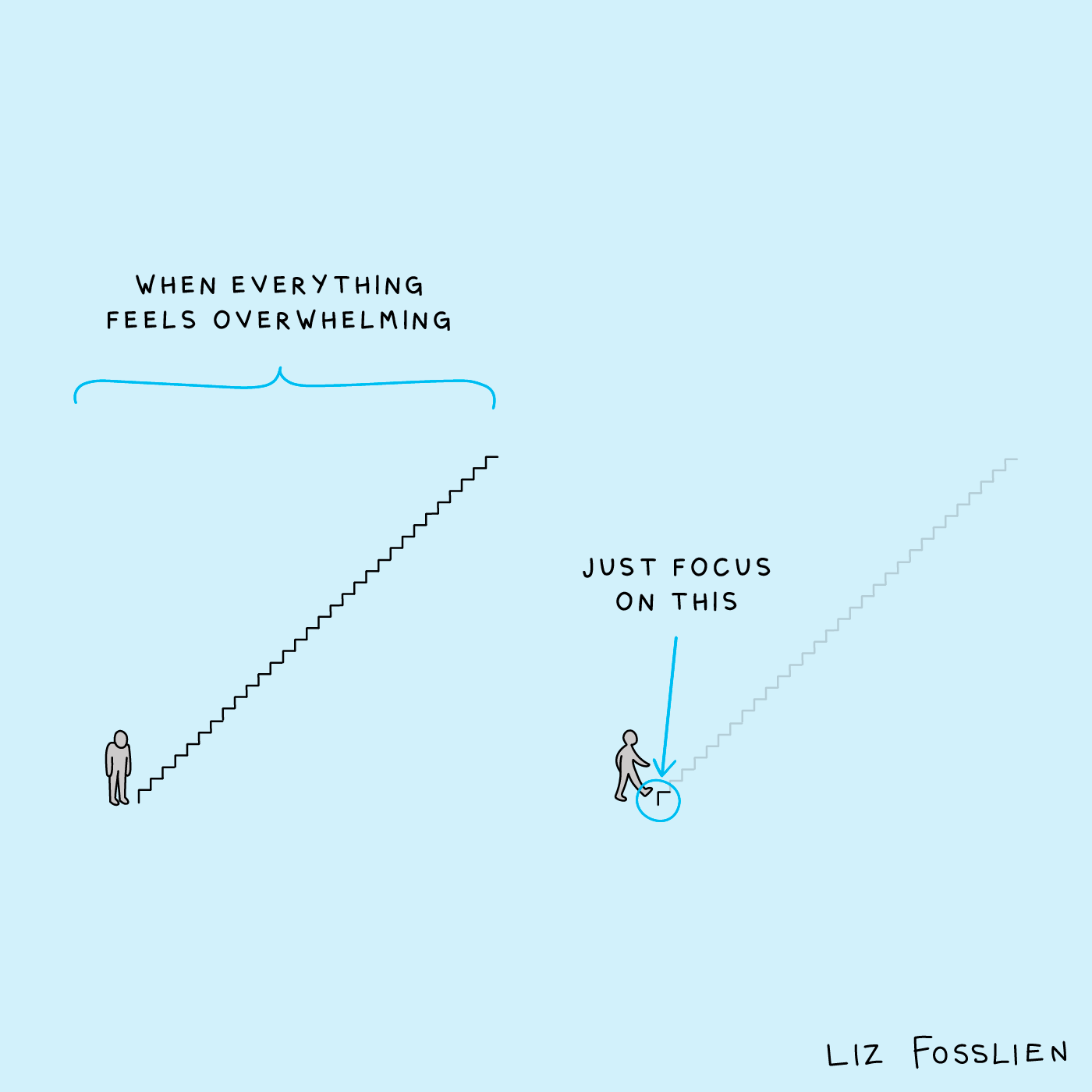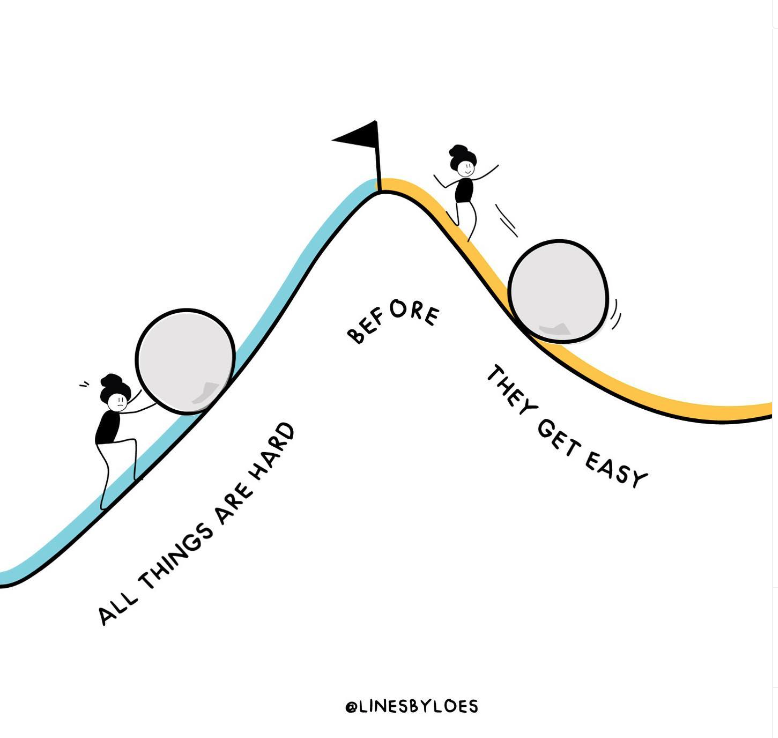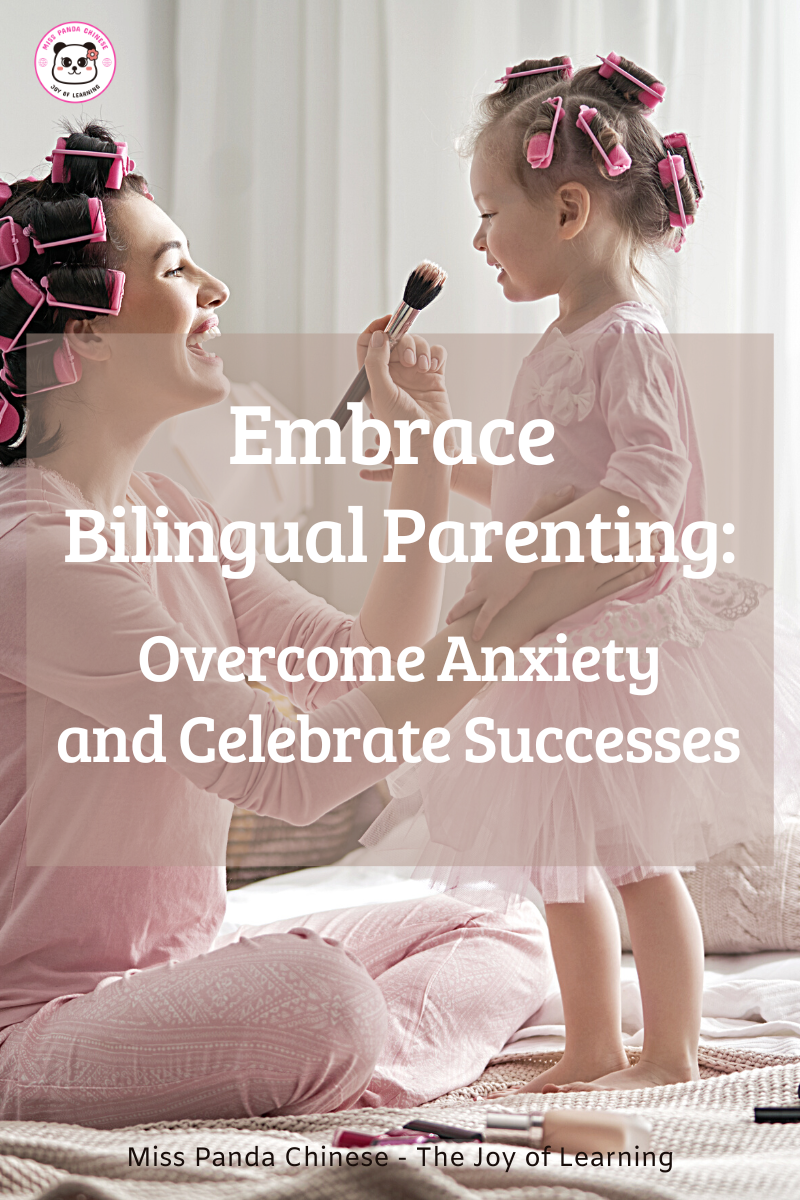I had the pleasure of joining the Grand Multi-literacy event hosted by Yoshito Darmon-Shimamori at Library4Multilinguals, where I was given the opportunity to share my insights alongside a stellar lineup of distinguished bilingual/multilingual researchers, educators, and experts. This program not only illuminated the world of bilinguals/ Multilinguals but also brought together voices that echoed passion, expertise, and a deep-rooted commitment to fostering linguistic diversity.
Building on the illuminating experiences from the event, one of the standout moments for me was the chance to engage in a post-event question-and-answer conversation on the channel. The community’s queries resonated deeply, reflecting concerns and aspirations that many of you might share. Addressing these questions was both an honor and a journey of reflection, delving into the challenges and joys of bilingual parenting. Here is one such touching interaction that many of you might find relatable.
Q: I’m a multilingual mom, an English teacher, and a researcher on multilingualism, ongoing research on linguistics, and the emotional well-being of multilingual children. What do you recommend to parents raising multilingual children in monolingual societies where there are no heritage language schools and where parents, especially mothers, are often the sole sources of the heritage language? How can they cope with anxiety and frustration
A: So wonderful to connect with you. Thank you for such a good question that can lead to many layers of feelings.
I want to share the following: “Anxiety is experiencing failure in advance. Tell yourself enough vivid stories about the worst possible outcome of your work and you’ll soon come to believe them. Worry is not preparation, and anxiety doesn’t make you better.” – Seth Godin, teacher, and best-selling author.
When we want to climb 100 floors, the image of 100 floors becomes overwhelming (at least, for most people, including myself).

However, if we just look at one floor, one step at a time, things get simpler. For children, right now, the present moment is the most important to them. For them, the executive function is still developing and we need to acknowledge it so we can work with them, understand them, and “flow” with them in a more effective way.
We need to look at a tiny step we take each day. It can be just singing a song, reading two pages of a book in the target language, one coloring page with one expression, or one sentence… Add that up each day, 365 days a year, times 12 years… it adds up to over 4,300 floors. It’s true. Now, look back on the first step or the first floor you started.

Smile – NOT just when you reach your ultimate goal on the 100th floor but SMILE when you take each step forward, on each floor. Children need to see your smile. Parents need it, too, but so often the SMILE gets buried in the anxiety and frustration.
That’s why we need to share with parents the possibilities when they celebrate each tiny success, the reframing of the reason why they are passing on their heritage language to their kids, and the empathy and compassion for their children and for themselves.
I was there, I was one of those parents, and I was the only one who spoke the heritage language at home or in the places I lived in…
My mission to show parents it is possible didn’t start today, it started many years ago when my first baby was born and the hundreds of children I’ve taught and parents I’ve connected with on this ongoing journey and adventure.
Here are two posts I wrote that might be connecting with you and fellow parents.
Thank you for this great question and I believe our discussion can resonate with many parents who are currently on the bilingual parenting journey.
Watch the interview on Channel_Library4Multilinguals
Embrace Bilingual Parenting And Overcome Anxiety • Embrace Bilingual Parenting And Overcome Anxiety • Embrace Bilingual Parenting And Overcome Anxiety

